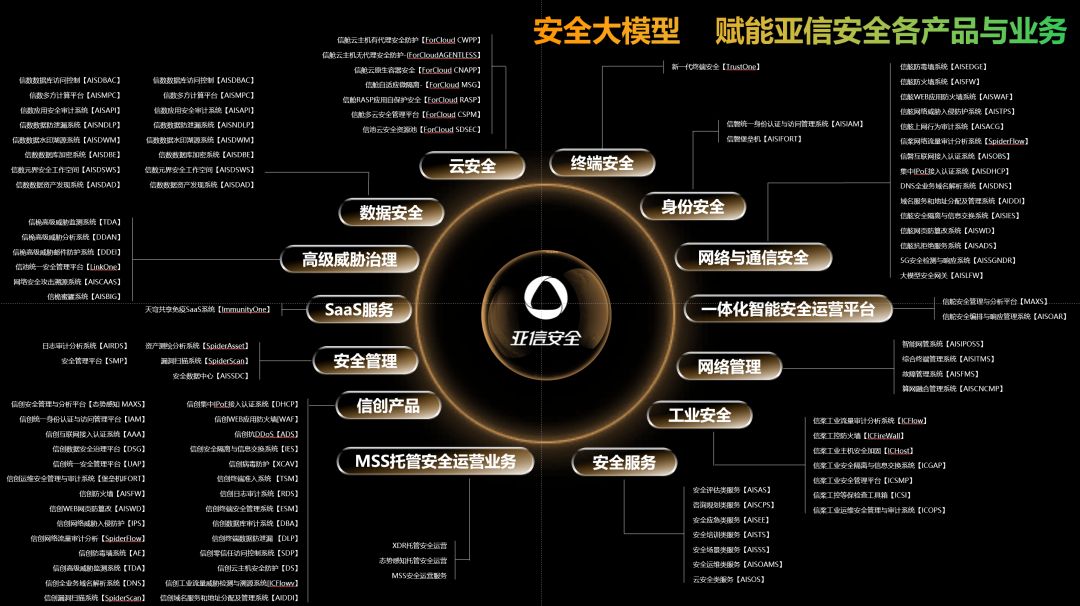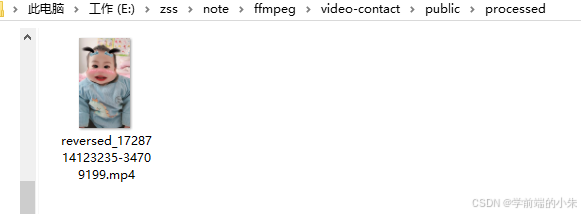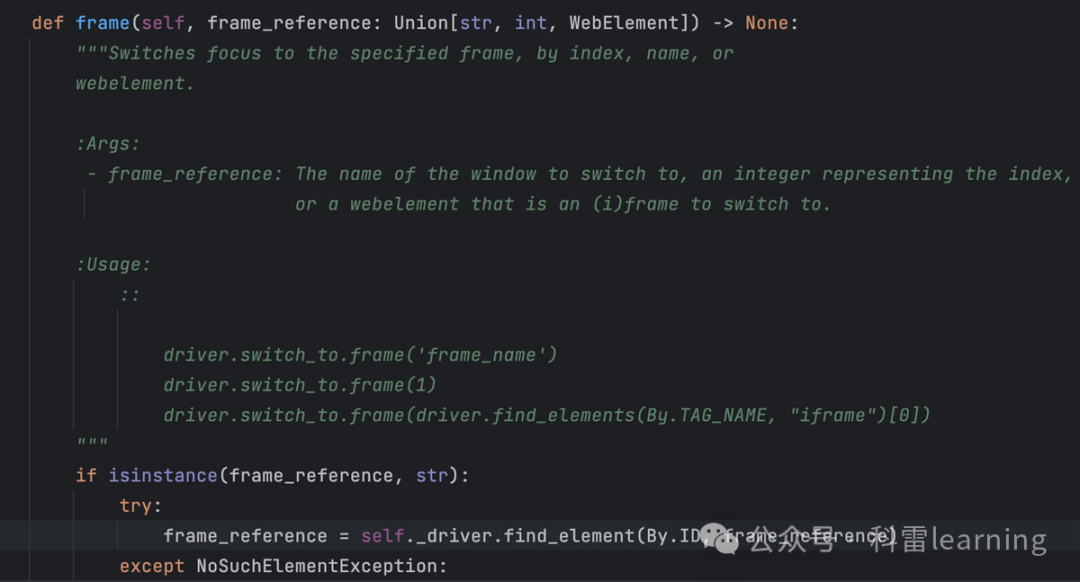目录
1. 使用 `cin.get()` 暂停程序
2. 使用 `std::cin.ignore()` 结合 `std::cin.get()` 暂停程序
3. 使用 `system("pause")`(仅限 Windows)
4. 使用循环和 `cin.get()` 结合等待任意输入
5. 使用 `cin >>` 获取用户输入
为了防止终端窗口在程序结束后立即关闭,可以使用一些方法来获取用户输入或暂停程序。

以下是几种常见的方法:
1. 使用 `cin.get()` 暂停程序
这种方法是跨平台的,可以在程序结束前等待用户按下 Enter 键。
#include <iostream>
int main() {
std::cout << "Press Enter to exit..." << std::endl;
std::cin.get(); // 等待用户按下 Enter 键
return 0;
}
2. 使用 `std::cin.ignore()` 结合 `std::cin.get()` 暂停程序
这种方法用于清除输入缓冲区中的多余字符,然后等待用户按下 Enter 键。
#include <iostream>
#include <limits>
int main() {
std::cout << "Press Enter to exit..." << std::endl;
std::cin.ignore(std::numeric_limits<std::streamsize>::max(), '\n');
std::cin.get(); // 等待用户按下 Enter 键
return 0;
}
3. 使用 `system("pause")`(仅限 Windows)
这种方法仅适用于 Windows 操作系统。它会调用系统的 `pause` 命令,在程序结束前等待用户按任意键。
#include <iostream>
#include <cstdlib> // 包含 system 函数的头文件
int main() {
std::cout << "Press any key to exit..." << std::endl;
system("pause"); // 暂停程序,等待用户按任意键
return 0;
}
4. 使用循环和 `cin.get()` 结合等待任意输入
这种方法等待用户输入任意字符,而不仅仅是 Enter 键。

#include <iostream>
int main() {
std::cout << "Press any key to exit..." << std::endl;
std::cin.get(); // 等待用户按下任意键
return 0;
}
5. 使用 `cin >>` 获取用户输入
这种方法要求用户输入特定的字符或数字,然后程序才会结束。

#include <iostream>
int main() {
int dummy;
std::cout << "Please enter any number to exit: ";
std::cin >> dummy; // 获取用户输入的数字
return 0;
}
根据你的具体需求,可以选择上述方法之一来防止终端窗口在程序结束后立即关闭。最常用和跨平台的方法是使用 `std::cin.get()` 或 `std::cin.ignore()` 结合 `std::cin.get()`。



















